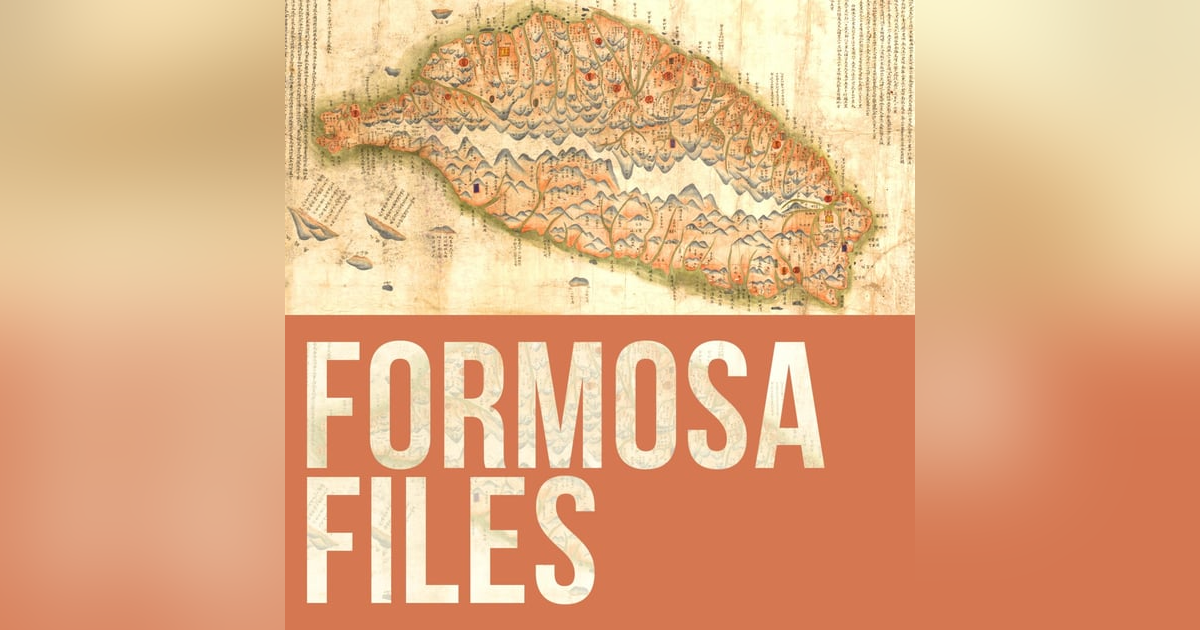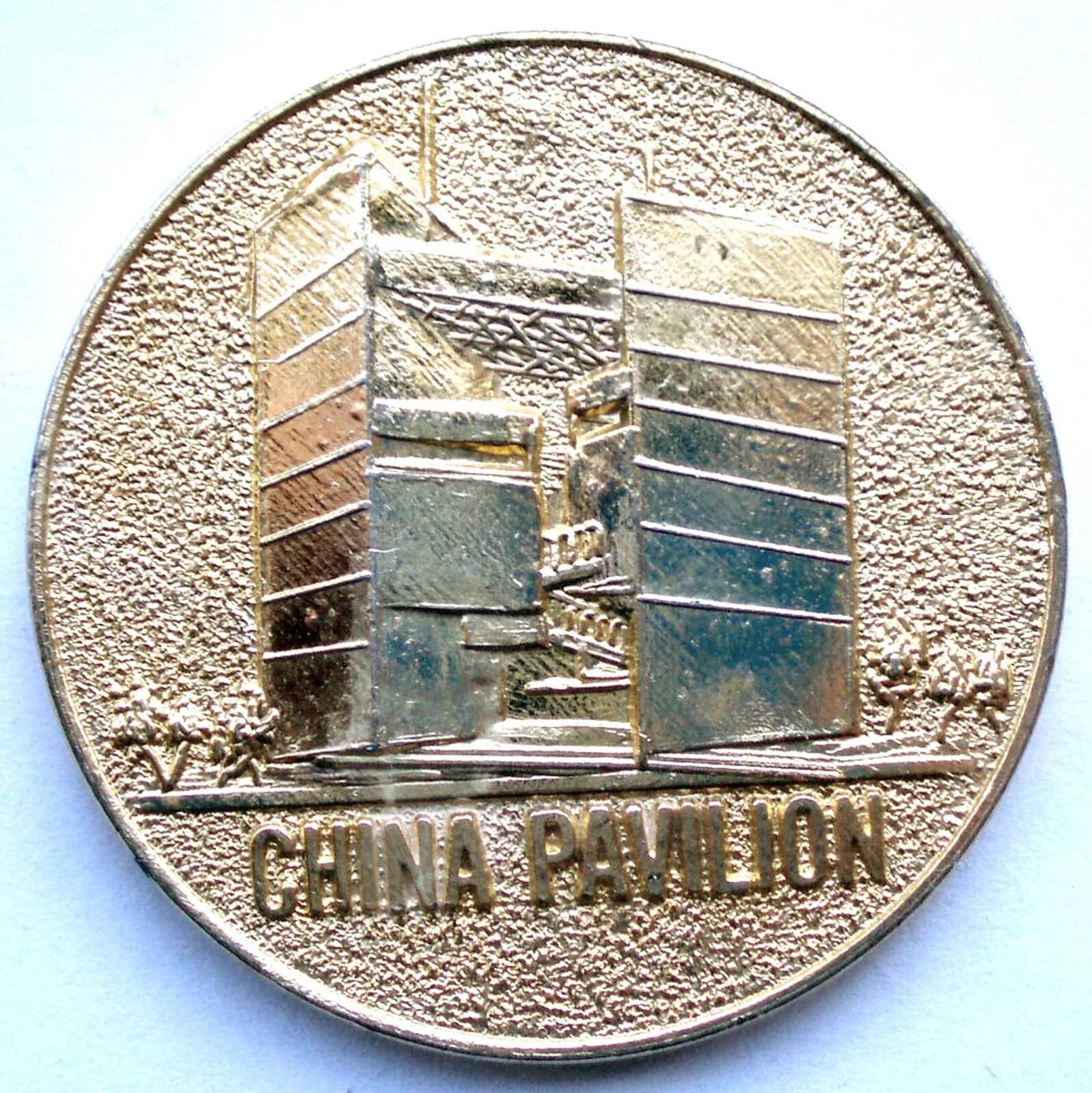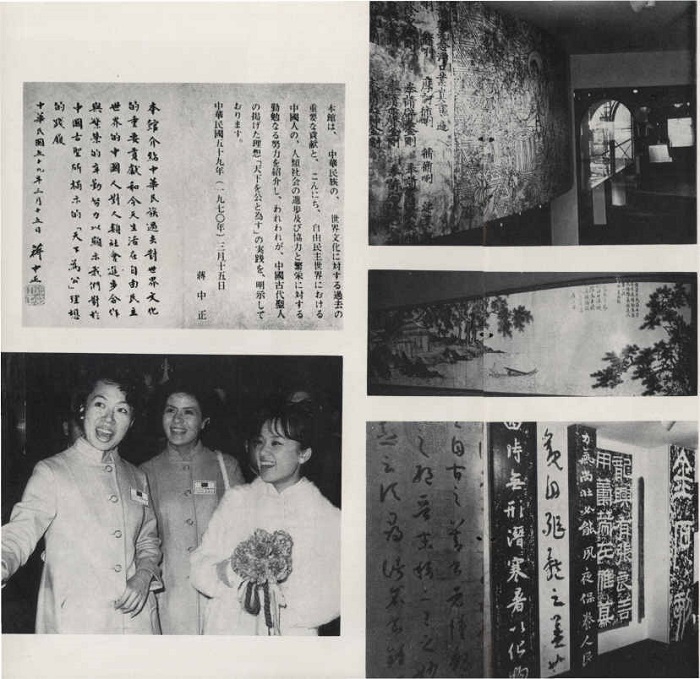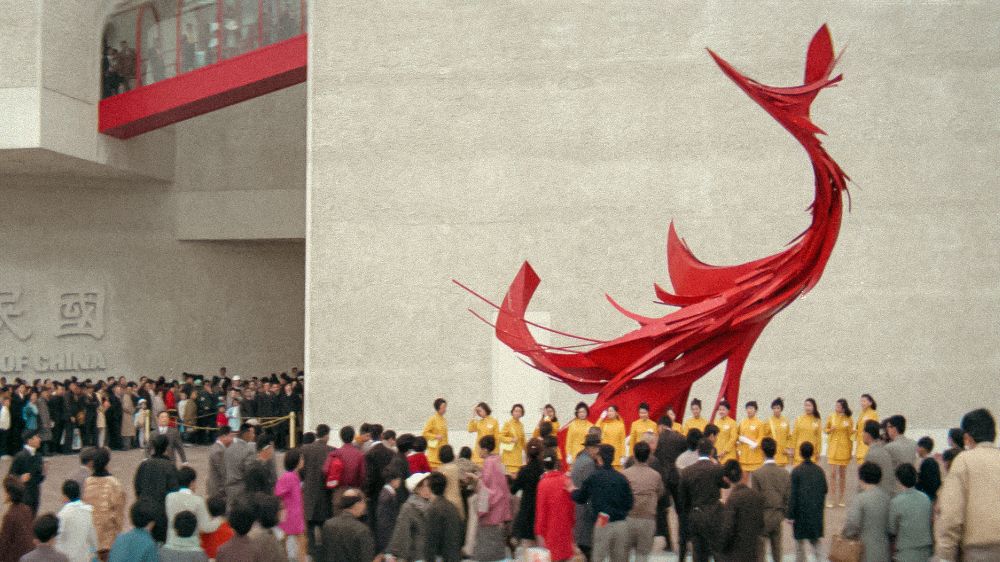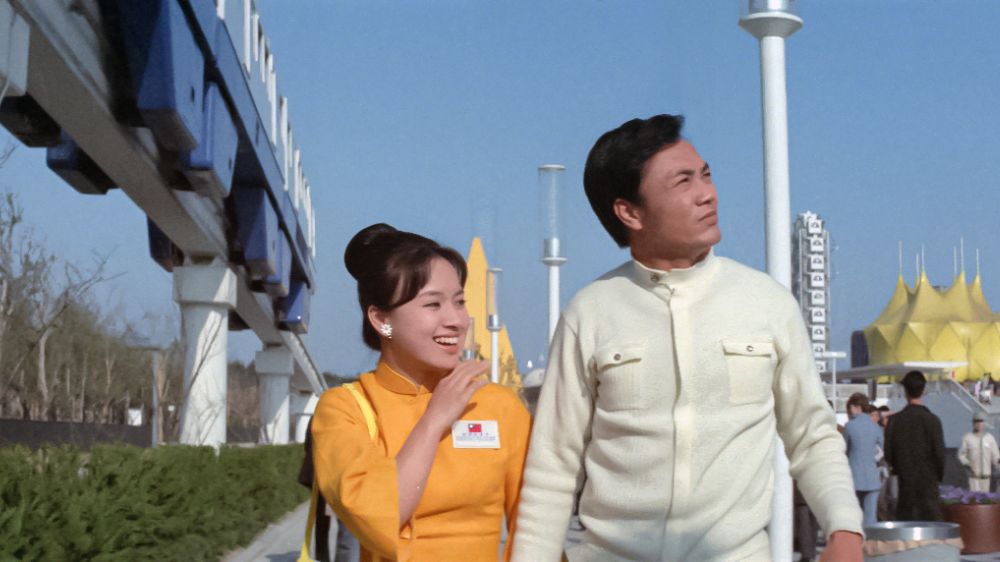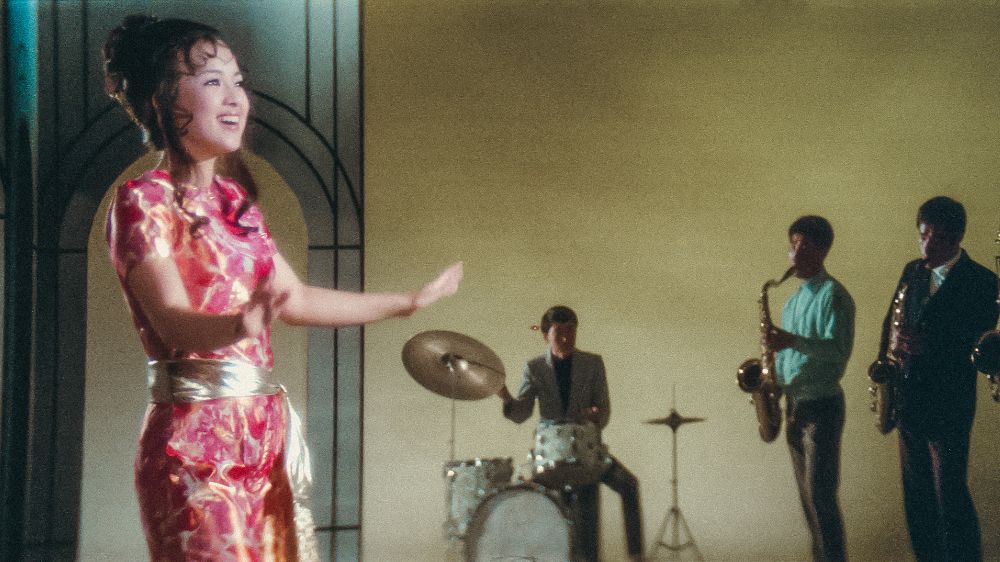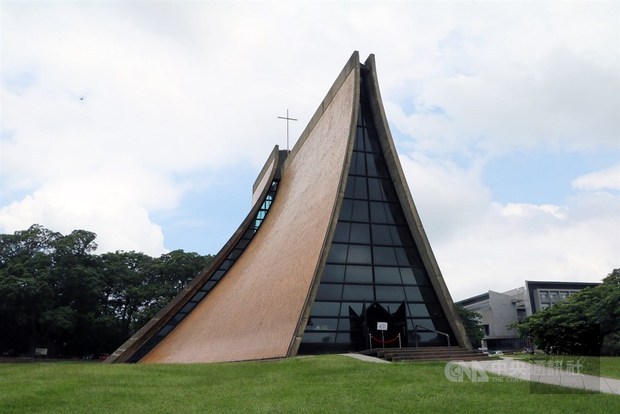From Ashes to Innovation: Japan, Taiwan, and the Spirit of the Osaka Expo of 1970 – S5-E32
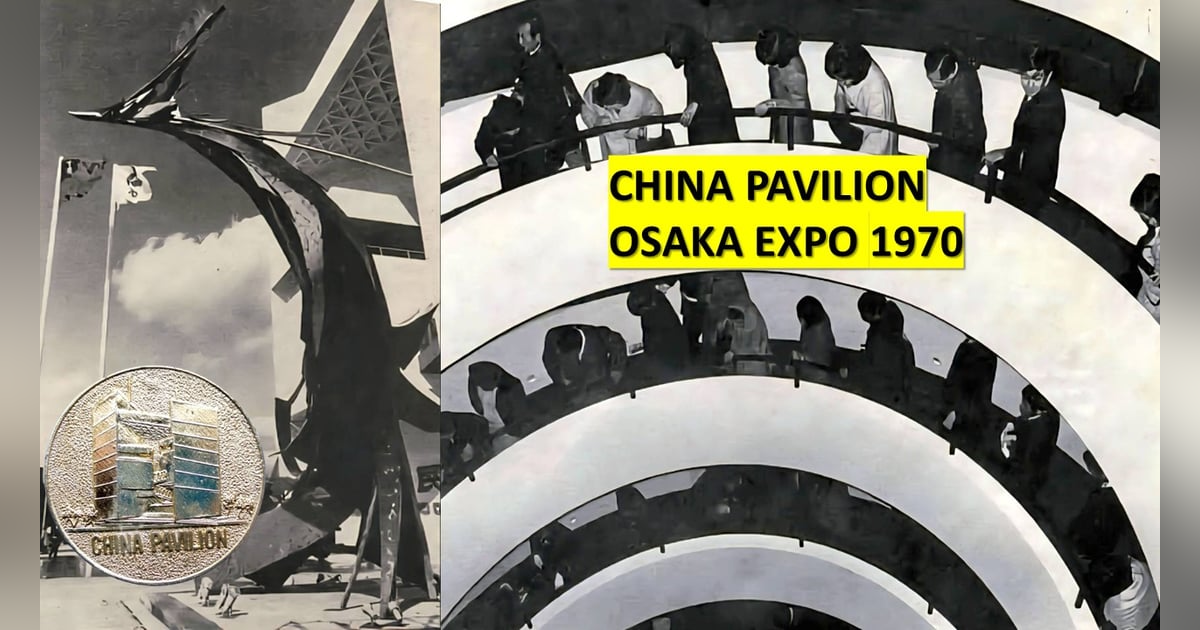
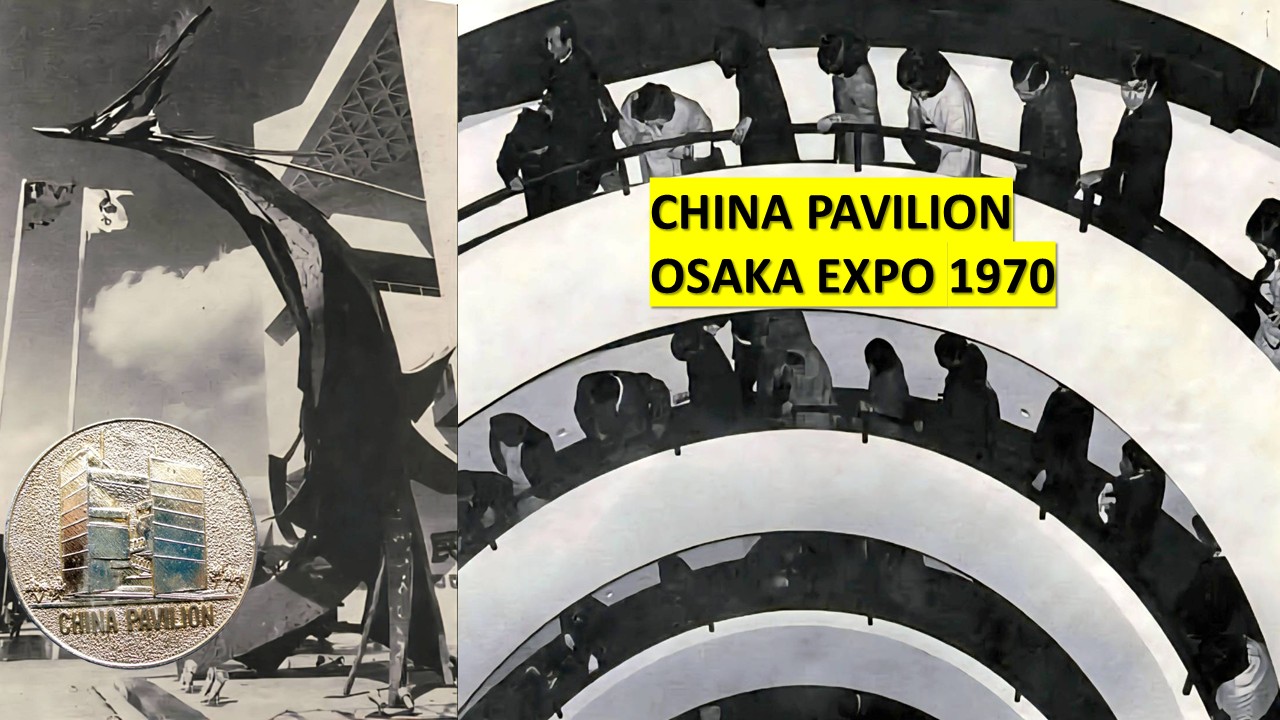
In 1968, just 23 years after the end of WWII, Japan became the world’s second-largest economy (and would remain so until 2011, when it was overtaken by China). In 1970, Japan highlighted its rise from the ashes by holding the Osaka Expo, a showcase of technology, culture, and confidence — from a monorail to moving walkways to videophones. It was the first World’s Fair held in Japan, and also in Asia. For the Republic of China (Taiwan), however, it would turn out to be something of a swan song on the international stage; in 1971, Taiwan lost its seat at the United Nations, and in the following years numerous countries switched diplomatic recognition to the PRC. But join Formosa Files as we visit Osaka in those happy days of 1970, when the future looked bright; astronauts had just landed on the Moon, Japan’s miracle was in full swing, and the world gathered to imagine tomorrow. Take a tour around the ROC’s futuristic pavilion, designed by I.M. Pei, which was a break from the classic Chinese palace architecture favored by the government. And learn about a remarkable forgotten Taiwanese travelogue-thriller film, Tracing to EXPO ’70.
Please follow, like, comment and share. Thank you!
Cover images via TAIWAN TODAY + eBay (the pavilion medallion)
Cover image left caption: "At the portal stands the towering stainless steel sculpture by Yang Ying-feng shown on this page. The 9-meter representation of a phoenix symbolizes joy and happiness..."
Cover image right caption: "This is the already famous ramp by which pavilion visitors descend while watching a movie depicting the beauty and tourism attractions of Taiwan. Partly as a result of the tourists Expo 70 will bring to Asia, the Chinese 'island beautiful' expects to welcome nearly 500,000 visitors this year."
Below: If you would like to own this JAPAN OSAKA EXPO 1970 CHINA PAVILION Medal (38mm 18.3g Gold Plated Nickel), it will cost you US$22...operators are standing by!
Below, caption from Taiwan Today: "Far left, top: President Chiang Kai-shek's message of welcome to the China Pavilion. The Chinese text is at left and the Japanese at right. Far left, bottom: Miss Judy Ongg (right), Chinese singer who made it big all Japanese TV and then became a movie star, was honorary director of the China Pavilion on opening day. Left: Examples of paintings and works of calligraphy on exhibition at the Osaka fair. In dedicating the pavilion, Ambassador Peng Meng-chi pointed to the combination of classical and modem influences in the architecture, and said the structure was "designed to impress visitors with a sense of majesty and magnanimity as well as a spirit of freedom and peace". He thanked I. M. Pei for his coordinating of both external and internal design and then cited the work of six young men: architects Peng Yin-shuan, Lee Chu-yuen, Weng Shin-chin, Yung Chi-chiang and Yung Chi-ning, and sculptor Yang Ying-feng. I. M. Pei, who lives and works in New York, said the contributions of young Chinese showed the continued vitality of China's very old culture. Also speaking at the dedication were Governor of Osaka Gisen Sato and Mayor of Osaka Kaoru Chuma. Both called attention to China's contributions to Japanese culture and said the China Pavilion will perpetuate that tradition."
Learn about the movie TRACING TO EXPO ’70 (2K RESTORATION)
"Raised in Japan, Yukiko’s education was made possible by a Taiwanese benefactor. As Expo ’70 nears, she becomes a hostess, determined to find her long-lost benefactor. Her search takes her across Osaka, Kobe, Nara, and Hokkaido, but every lead vanishes as quickly as it appears. Set against the 1970 Osaka Expo, this film stars Taiwanese-Japanese singer Judy ONGG, seamlessly blending music, dance, and documentary elements." All photos below via website above.
READ: Chinese-American architect I.M. Pei dead at 102 - 2019-05-18.
I.M. Pei designed the famous church at Donghai University in Taichung, along with some other much more famous structures.
Follow, like, comment and share. Thank you!
Do us a favor and rate/review the show! It really helps. Do it on Apple Podcasts or here on our website.
Write us with questions or ideas at formosafiles@gmail.com
AND THE BIGGEST REQUEST: tell others about this free, not-for-profit resource about Taiwan.
